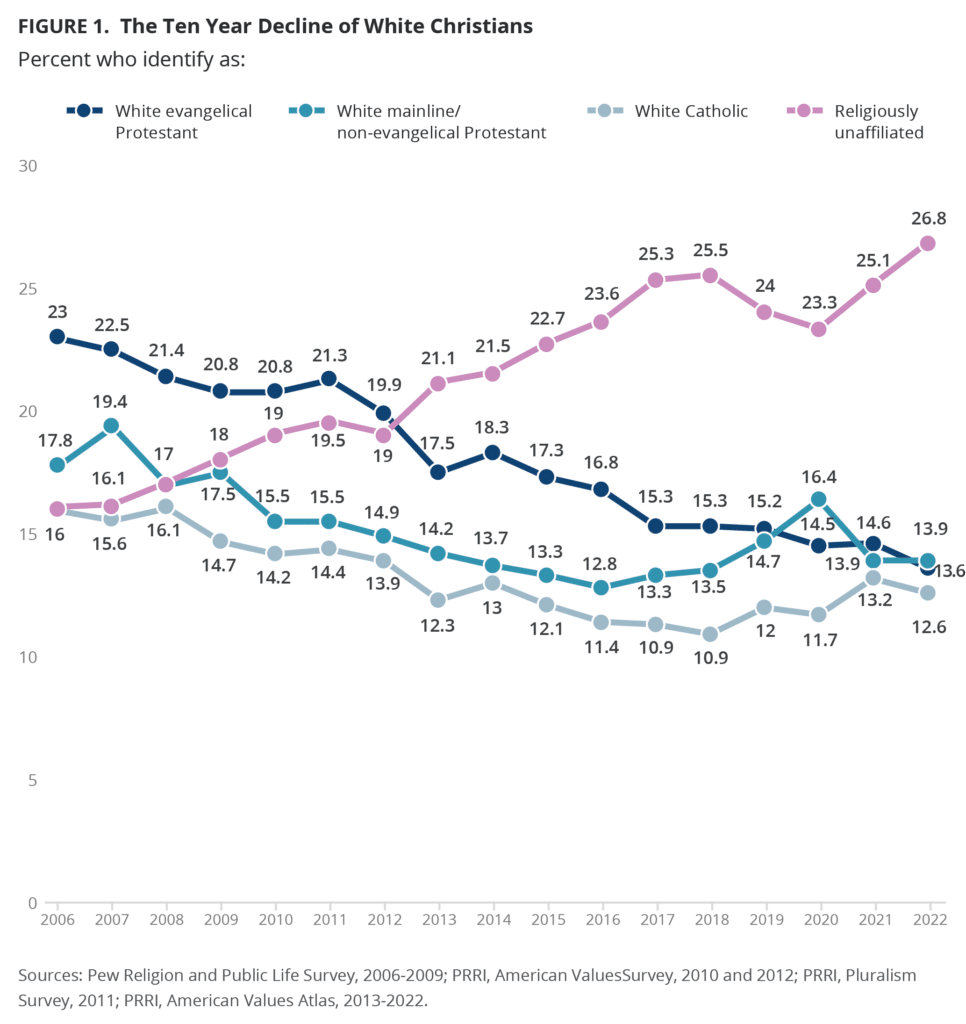The question of how many churches inhabit the vast expanse of the United States is not only a numerical inquiry but also invites an exploration into the deeper currents of American spirituality. The fabric of American society is intricately woven with threads of religious diversity, cultural heritage, and denominational evolution. In grappling with the plethora of congregations, one must navigate significant demographic trends, historical developments, and the shifting landscapes of faith that characterize the nation.
As of recent data estimates, there are approximately 380,000 congregations operating across the United States, embodying a wide array of Christian traditions from the well-known mainline denominations to an increasing variety of independent and non-denominational churches. This figure invites contemplation not only regarding the sheer volume of religious infrastructure but also the unique role these institutions play in American life.
To comprehend the significance of such a number, one must first acknowledge the sheer diversity that informs the American religious experience. The United States is home to a multitude of Christian denominations, including Catholics, Baptists, Methodists, Lutherans, Pentecostals, and many others, each contributing distinct theological interpretations, worship practices, and community roles. This multiplicity of faith expression shapes not only individual worship but influences broader societal dynamics including cultural norms, ethical frameworks, and social justice movements.
Furthermore, the demographic composition of the church-going population is constantly evolving. According to sociologists, generational shifts within the populace reflect increasingly diverse religious affiliations or lack thereof. Younger generations, often dubbed “nones” due to their absence of formal religious affiliation, prompt inquiry into what this signals for traditional church structures. Consequently, churches have begun to state the importance of not merely accommodating change but proactively engaging with community concerns that resonate with younger demographics.
When one examines the dynamics of church attendance, statistics reveal another layer of complexity. While the number of churches continues to grow, the average weekly church attendance has experienced fluctuations. Factors contributing to these trends include societal changes, increased secularism, and technological advancements that have transformed how communities engage with faith. The rise of online worship and digital communities has prompted a reassessment of what it means to belong to a faith community, leading to a multifaceted dialogue about physical and virtual participation.
The structures of American Christianity are not simply buildings; they are embodiments of community, fellowship, and spiritual engagement. Churches often serve as community hubs, providing essential services such as food banks, educational programs, and support networks. This multifaceted utility underscores a profound deeper reason why the proliferation of churches captivates attention: they reflect societies’ values and aspirations, acting as barometers of cultural shifts.
The diverse geographic landscapes of the U.S. further inform the character of its churches. In urban centers, for instance, congregations often reflect a mosaic of ethnicities and cultures, highlighting the intersections of faith with immigration and multiculturalism. In rural areas, churches frequently serve as the last bastions of public life, where faith-based activities and community gatherings remain integral to the social framework. This geographical variance suggests a relationship between place and belief systems, prompting further inquiry into how regional culture influences religious expression.
Moreover, the phenomenon of megachurches represents a significant trend within the broader religious landscape. These large congregations, characterized by their capacity to attract thousands of attendees, utilize sophisticated communication strategies and vibrant worship experiences that appeal to contemporary sensibilities. This raises questions regarding the future of smaller, traditional congregations which may struggle to compete for relevance and resources.
The interplay of faith and societal issues also warrants scrutiny. Churches have historically been at the forefront of social action—advocating for civil rights, social justice, and community health initiatives. As contemporary issues such as climate change, racial inequality, and economic disparity take center stage, one must consider the theological imperative that motivates churches to engage. These pressing matters reflect broader human concerns and evoke the fundamental Christian calling to serve and uplift one’s neighbor.
Interestingly, the proliferation of churches may also mirror a search for belonging in an increasingly fragmented society. The desire for community connection, spiritual sustenance, and existential meaning drive individuals toward these congregational centers. For many, churches provide a sanctuary in tumultuous times, offering a sense of stability amid change and a communal response to societal anxieties.
As the landscape of American Christianity continues to evolve, one must remain attuned to the implications of these developments. The question of how many churches reside within the U.S. may yield numerical data, yet it also invites a contemplative journey into understanding the interplay between faith, culture, and identity. The terrain of religious practice is marked by constant change—both challenges and opportunities abound, and as such, the future of churches will likely be shaped by adaptive spirituality and innovative outreach. Through continued engagement and openness to change, churches can remain vital components of the American experience, contributing to the narrative of faith in an ever-diverse nation.



